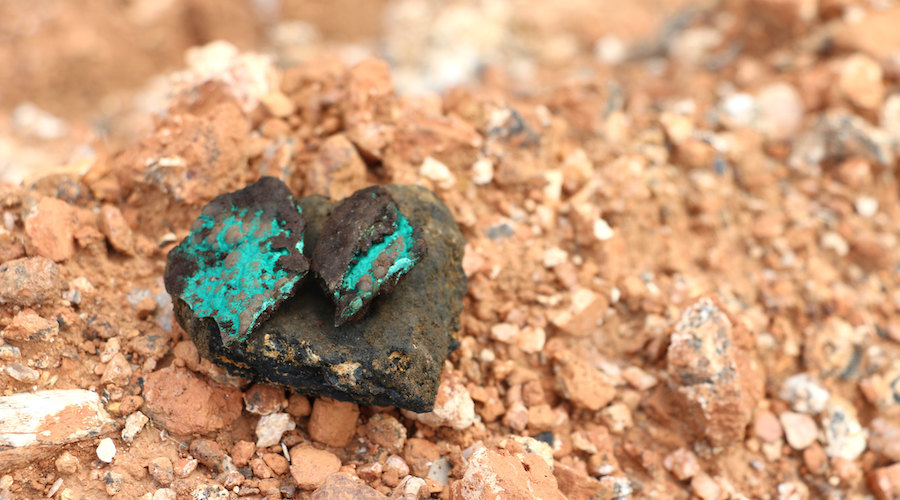What China’s increasing control over cobalt resources in the DRC means for the West – report

In early January, China announced that it would cancel $28 million of loans to the DRC and would provide $17 million in other financial support
Back in early January, China announced that it would cancel an estimated $28 million of loans to the DRC, repayment of which were due by the end of 2020, and would provide $17 million in other financial support to help the country overcome the sanitary crisis caused by the covid-19 pandemic.
During a tour of China’s Foreign Minister, Wang Yi, the two countries also signed a MoU on the Belt and Road Initiative cooperation, with the DRC now becoming China’s 45th Belt and Road Initiative partner in Africa.
The initiative, also known as the “New Silk Road,” consists of a network of railways, pipelines, highways and ports that would extend west through the former Soviet republics and south to Pakistan, India and Southeast Asia.
“China’s decision to write off debts from the DRC and welcome the country as a new partner for the Belt and Road Initiative is likely to further drive cooperation between the two countries and incentivize more Chinese miners, like China Molybdenum, to make new investments into the Congolese copper and cobalt industry, increasing their ownership in local mines,” Roskill’s report reads.
What’s the West to do?
The DRC hosts over 51% of the global cobalt reserves, according to 2019 data released by the US Geological Survey.
Roskill estimates that, in 2020, the central African country produced about 90kt Co in various intermediates representing nearly 70% of the total cobalt feedstock production globally.
Prior to the recent announcement, over 40% of the cobalt mining capacity in the DRC was already controlled by Chinese companies as a result of decades-long investment and development in the country, with several resource-for-infrastructure deals having been signed and implemented since the 1990s.
“On the cobalt refining side, particularly for the production of chemicals suitable for battery applications, China plays an even more dominant role, with its production of cobalt sulphate and oxides accounting for around 80% of the global total output in 2020,” the report reads.
What are western countries to do to mitigate such supply risk in the years ahead?
Locking in feedstock with long-term agreements is a first good step, Roskill says. They should also utilize alternative feeds, such as recycling, and develop resources elsewhere.




